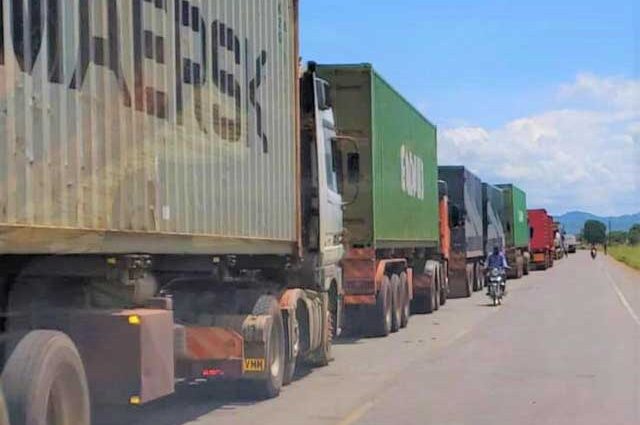The East African Community (EAC) is often hailed as a model trading bloc in sub-Saharan Africa, with a constitution that inspired the African Continental Free Trade Area (AfCFTA). Yet, despite its promise, logistics across the region still face persistent bottlenecks that slow trade, inflate costs, and hobble efficiency.
According to Gibran Mwakuja, business development and heavy transport specialist at Raphael Logistics in Tanzania, moving goods in East Africa is “slow, costly, and inefficient”, due to a combination of infrastructural, procedural, and operational challenges.
Roads, Rails, and Ports: Infrastructure Woes
“Many roads, especially outside major cities, are in poor condition,” Mwakuja explains. Rail networks are also aging and limited, restricting access to cheaper, bulk transport options.
Ports like Mombasa and Dar es Salaam frequently face congestion, leading to long delays for both ships and trucks. Inland container depots and dry ports are often poorly linked to main transport corridors, compounding inefficiencies.
Border Complexities and Customs Delays
Even with EAC’s border harmonisation goals, crossing borders remains time-consuming and complicated. “Customs clearance can take hours or even days,” Mwakuja notes, citing different documentation requirements, varied permits, axle load rules, and road-use regulations across countries.
While southern African cross-border operators sometimes envy EAC’s relative efficiency, the reality remains challenging for most regional hauliers.
Underlying Causes of Bottlenecks
Mwakuja highlights multiple factors driving inefficiencies:
-
High operating costs: Fuel prices are volatile and often high.
-
Limited skilled workforce: There is a shortage of trained drivers, logistics managers, and equipment operators.
-
Low technology adoption: Many logistics firms still rely on manual paperwork rather than digital tracking or route planning.
-
Security and political challenges: Some routes, notably through DRC and South Sudan, face banditry, theft, or instability.
-
Limited investment and financing: Local logistics companies often lack the capital to modernise fleets.
Despite government pledges to invest in infrastructure, budget constraints continue to slow meaningful improvements.
The Road Ahead
Improving East African logistics requires coordinated investment in roads, ports, rail, and digital systems, alongside stronger workforce training and harmonised cross-border procedures. Without these measures, the EAC’s potential as a regional trade hub will remain partially unrealised.




